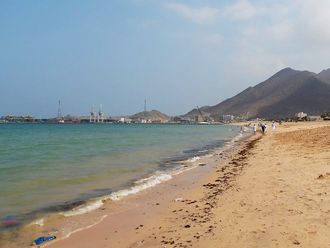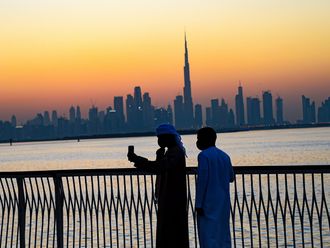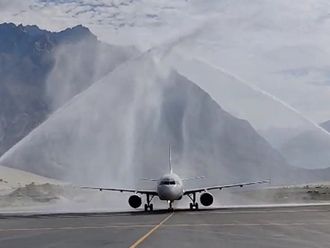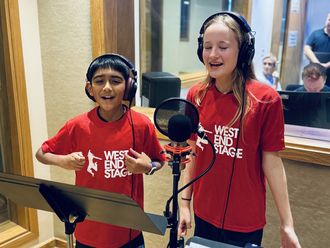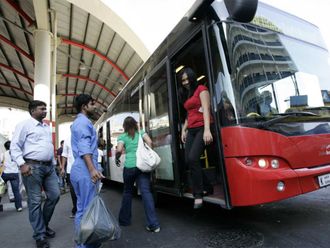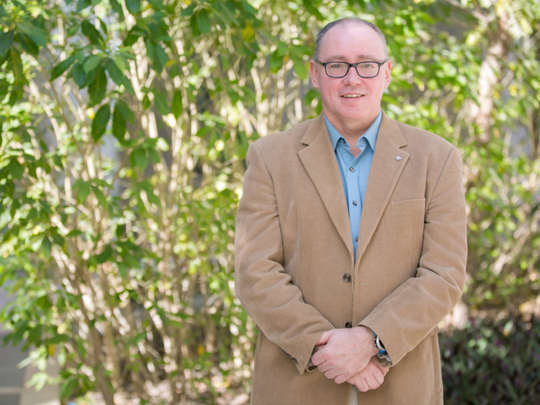
Abu Dhabi: A group of scientists at New York University Abu Dhabi (NYUAD) are working on creating a climate model system that can accurately predict sea level increases in the future, which if successful can help governments around the world come up with policies that can deal with the impact.
As part of their research, the team of scientists recently visited Greenland to observe the breaking off of a massive iceberg, which they captured on video. The video shows the four-mile iceberg breaking away — also known as calving — from the glacier and into the sea, capturing the very moment and one of the main causes for global sea level rises.
“One critical part of sea level change has to do with ice sheets interacting with the ocean, when the ice goes into the ocean the sea level changes, and so our goal is to try and figure out a way to build a computerised model that can provide projections on how sea level rises might change over this present century,” explained David Holland, the principal investigator for the Centre for Sea Level Change at NYUAD.
“At the moment we don’t have such a credible model of sea level changes and it’s because nobody really understands how big ice breaks off and falls into the ocean, which is the biggest threat to sea level changes,” he added.
Holland said the group of researchers went to Greenland looking to gather as much data as possible during the calving event with the goal of using such information to create a future model prediction system.
“We set out to monitor these glaciers in Greenland and by good luck my wife set up a camera which caught the event on video. The ice broke off into about six major pieces in a period of over 30 minutes, it was very unstable and loud.
“While we were capturing all of this on video we were also doing a lot of other science related research like measuring the ocean and air temperatures. We also detected the seismic activity at the time, which can help us know where the calving starts,” he added.
“We’re currently putting all of the data together and plan on studying it in depth during the fall of this year. In terms of a time scale we’re looking at about two years until we have a report on what we learned,” he said.
Holland said that having real time data was crucial if they wanted to develop an accurate system on sea level rise changes, which he likened with the weather predicting models that are currently used by weather forecasters.
“If we’re going to use a comparison then we can look at the weather model as an example of what we’re trying to do. With our climate model we are looking at longer time scales, will there be a big sea level change within the century or not and by how much as well, will it rise by two centimetres or by 10 centimetres.
“Having this accurate information will be very valuable for coastal planners, it can help them figure out what infrastructures they need to build near the coastline to handle any sea level rises that is going to affect them,” he added.
“But, in order to have such a developed system we need to have the data and information about these ice break offs, which is what our research is currently looking to do. By understanding how these events happen we can create reliable and accurate prediction models on sea level changes,” Holland said.
Holland also spoke about getting a deeper appreciation of the issue after witnessing the calving incident first hand.
“I absolutely have a bigger perspective of the scale of the problem, it’s obviously far more real when you can see what is happening with your own eyes rather than just reading about it, and it gives you a new focus.
“And while this is happening all the way in Greenland, it affects everyone, because that sea level rise flows around the world. These ice breaks accumulate over time causing a global sea level change,” he added.


